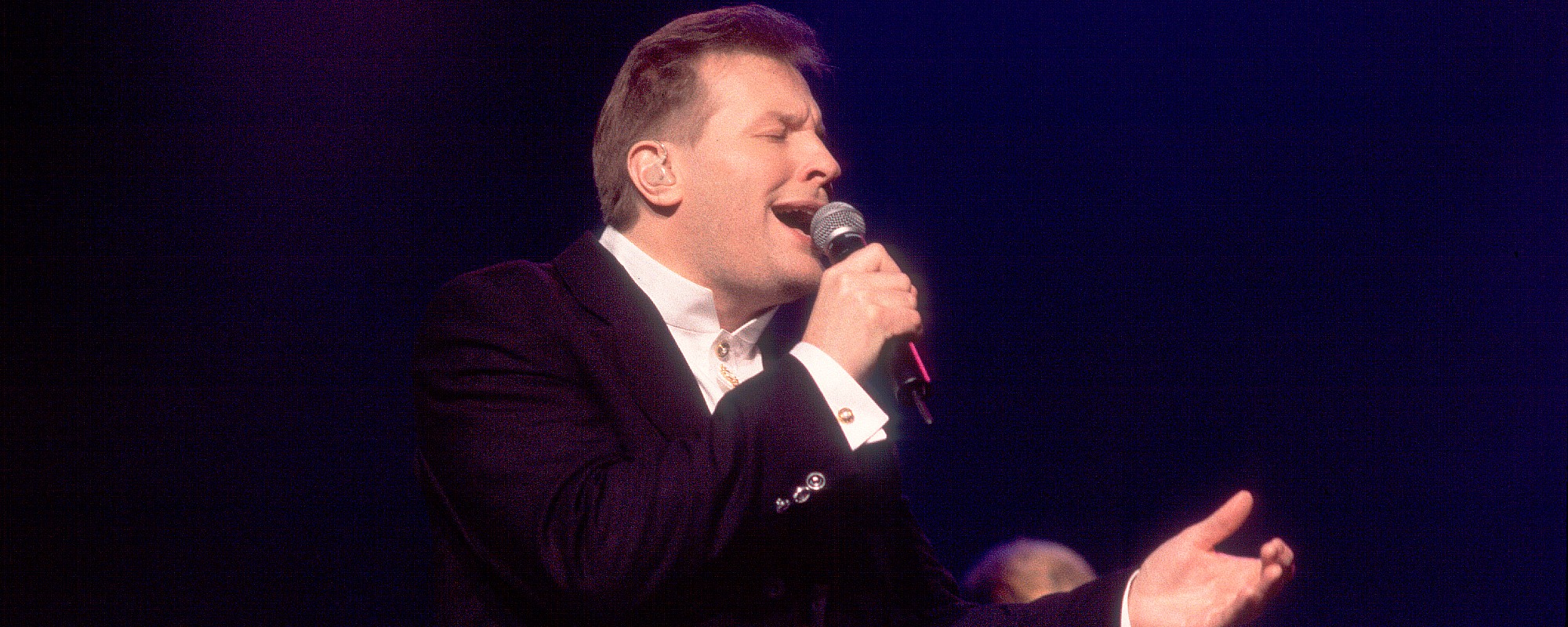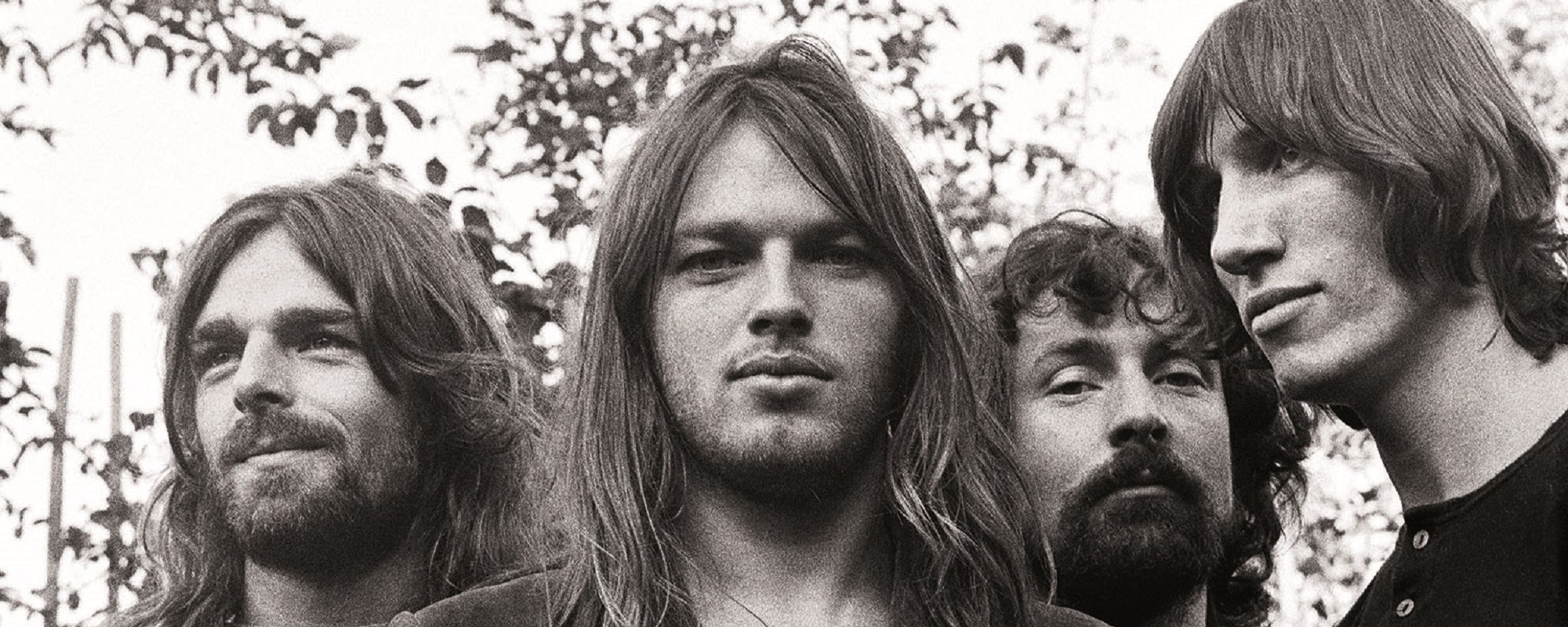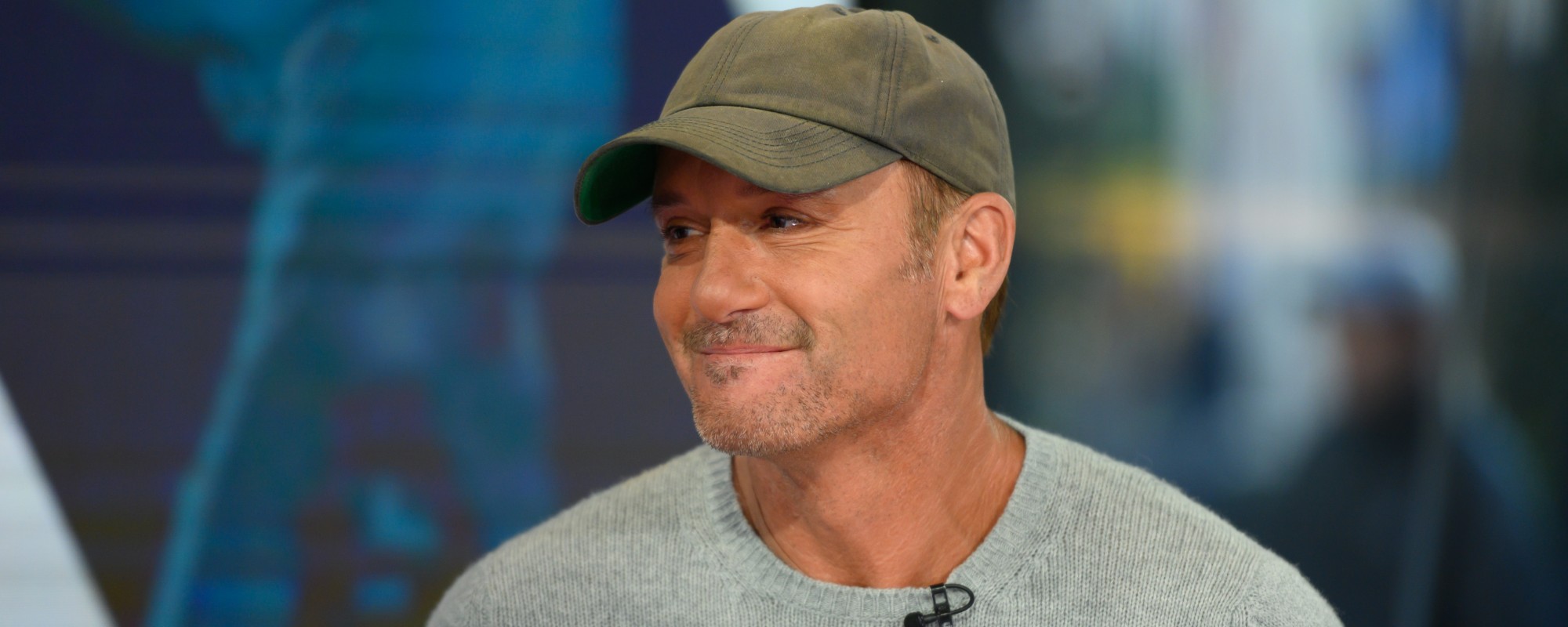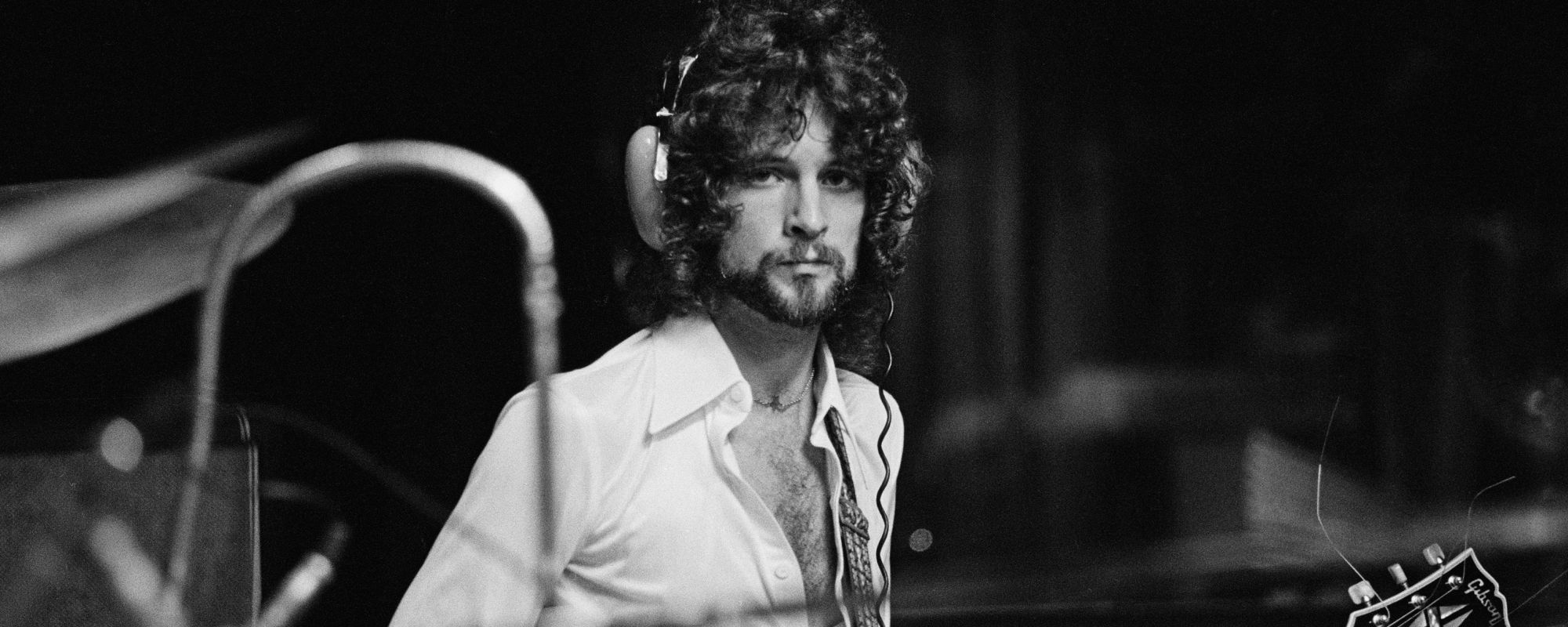Some careers get off to a roaring start and then fizzle quite quickly. Others get stuck in neutral in the early days before catching fire years down the road. For Robert John, it was a little bit of the former and some of the latter.
Videos by American Songwriter
A couple of decades after first hitting the charts as a teen, John made an unexpected comeback with the 1979 single “Sad Eyes.” You can probably tell from the title that it’s a bit of a weeper, one that rolled all the way to the top of the charts.
The Preteen Star
Because of his uncannily high vocals and the last name, Robert John was the subject of a bit of an urban legend around the time of “Sad Eyes,” his biggest hit. It claimed he was Elton John’s brother. Well, no, considering Elton was born Reginald Dwight, and Robert John’s original last name as Pedrick.
In fact, rabid pop music fans might have remembered that Bobby Pedrick Jr., as he was known early in his career, scored a hit at the age of only 12 years old. That was in 1958 with the song “White Bucks and Saddle Shoes.”
Later, John led the doo-wop flavored group Bobby & The Consoles in the early ’60s. He made the change to Robert John in the middle of the decade, and his penchant for falsetto vocals made him a natural to cover The Tokens’ quasi-novelty song “The Lion Sleeps Tonight” in 1971. His version went to No. 3 on the pop charts.
Back from Nowhere
Alas, John struggled to follow up the success of “The Lion Sleeps Tonight.” By that time, he was writing his own material, but he just couldn’t drum up anything that caught the public’s attention. He had largely given up hopes on his music career as the ’70s wore on, eventually taking a construction job in New Jersey.
He found a career lifeline, however, in the form of producer George Tobin. Tobin remembered John, and thought he was ripe for a comeback. The two connected, and Tobin brought John out to California to work on a new record.
It was around that time that Tobin heard the song “My Angel Baby,” a 1978 hit by Toby Beau that featured a little bit of a late ’50s, early ’60s throwback vibe. Tobin thought the tone of that song was ideal for John’s talents. John took that idea and ran with it, writing “Sad Eyes” to capture that same kind of languid, soulful vibe.
Behind the Meaning of “Sad Eyes”
“Sad Eyes” comes from the perspective of a guy who realizes it’s time to end an affair because his permanent lover is coming back to town. Sounds like a cad, right? But John redeems him (somewhat) by having him tenderly reach out to the girl he’s leaving behind to try and soften the blow: Sad eyes, you knew there’d come a day / When we would have to say goodbye.
He struggles when confronted with her sorrow: Why must you look at me that way? And he reassures her she was more than just your average fling: I never used you, you knew I really cared / I hate to see it have to end.
The song provides John plenty of opportunities for the vocal acrobatics that were his trademark. He managed just one more Top-40 hit before his music career ran out of steam. But the resilience he showed in coming back with “Sad Eyes” makes Robert John’s story one of the more inspiring ones in the history of pop music.







Leave a Reply
Only members can comment. Become a member. Already a member? Log in.